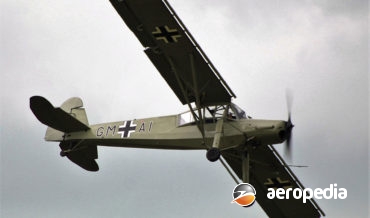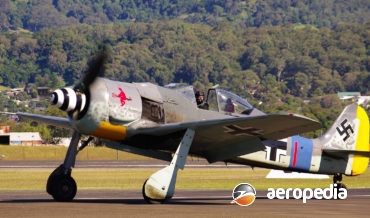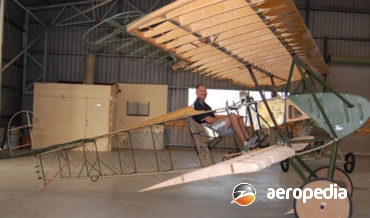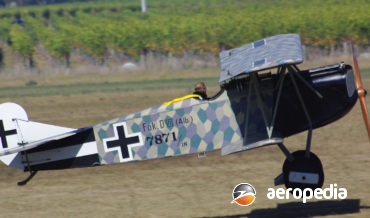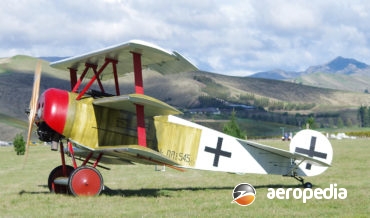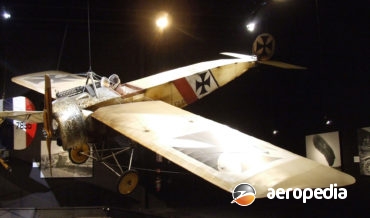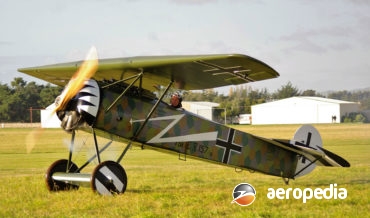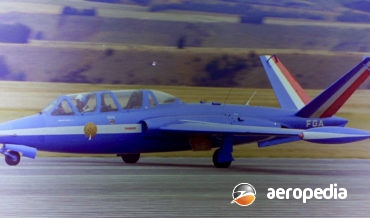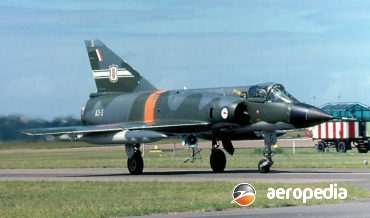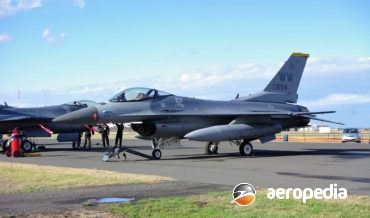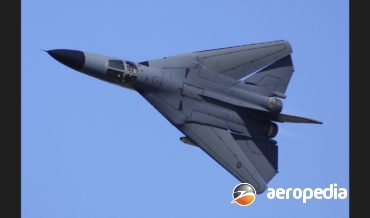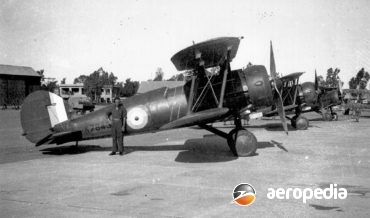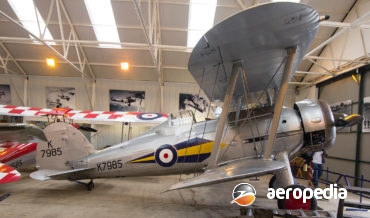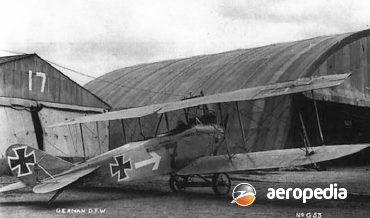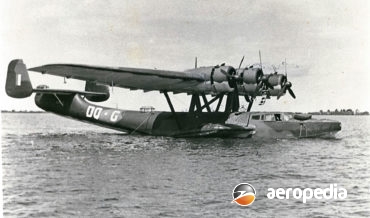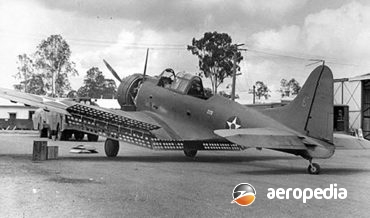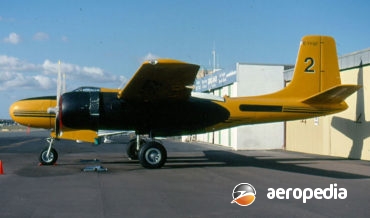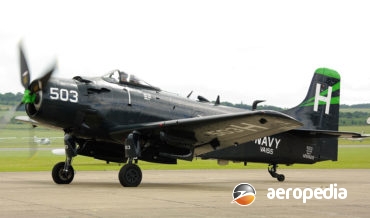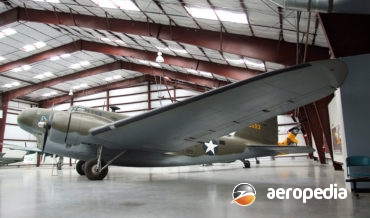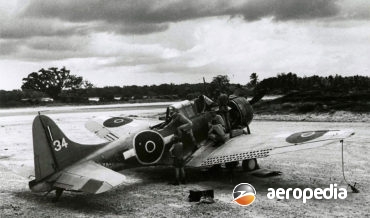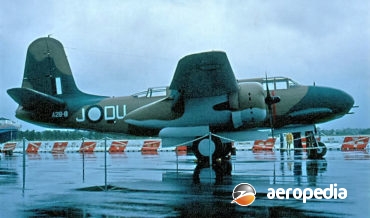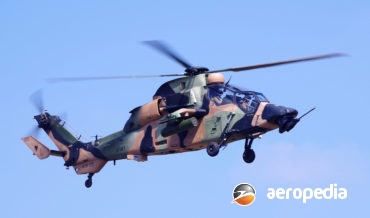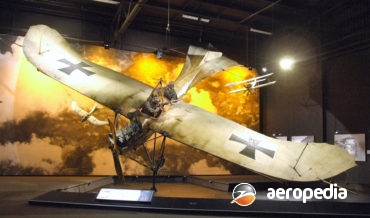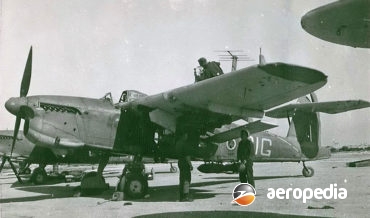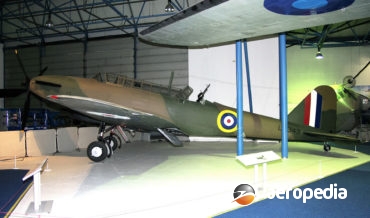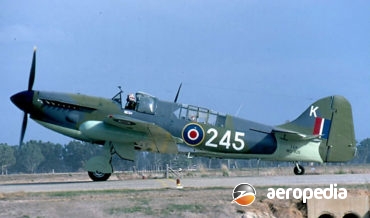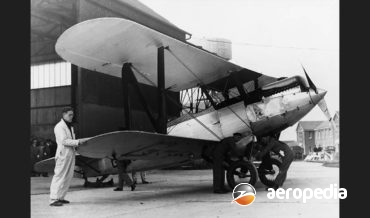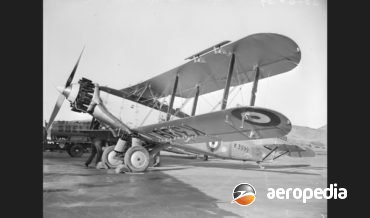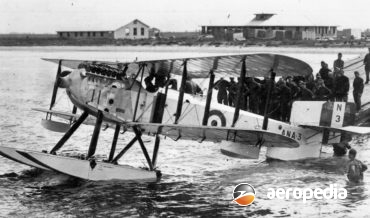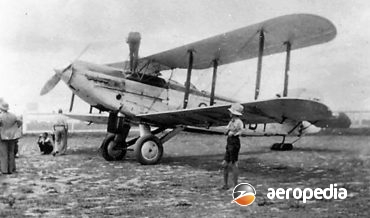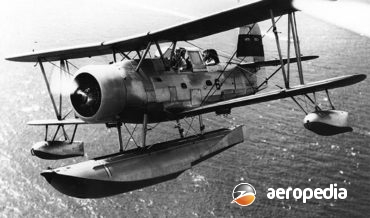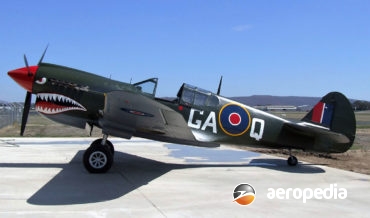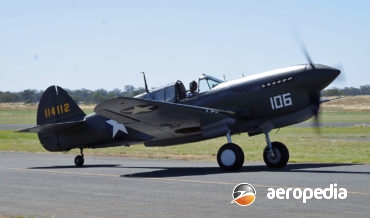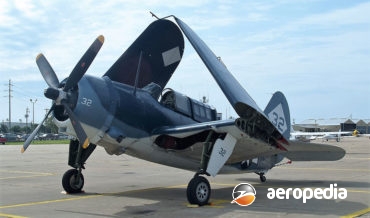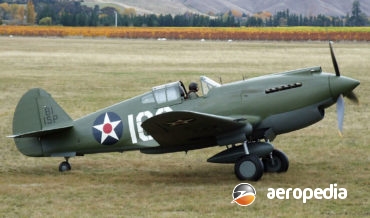David C. Eyre
Late in World War II the Fiat company in Italy designed the G-55 Centauro single-seat fighter powered by the Daimler Benz DB-605 12-cylinder VEE liquid-cooled engine, and this aircraft, although built in relatively small numbers, fought very successfully with the Fascist Republican Airforce.
David C. Eyre
- May 19, 2019
In 1935 the Technical Office in Berlin (RLM) issued a specification for a two-three seat multi-purpose communications aircraft to exploit the latest aerodynamic high-lift devices providing short field capability.
David C. Eyre
- May 19, 2019
The FW 190 was designed by Kurt Tank, technical director of the Focke Wulf Flugzeugbau, and was one of the most successful fighter aircraft of World War II, commencing life powered by a two-row BMW radial engine, final variants being powered by Junkers Jumo in-line engines.
David C. Eyre
- May 19, 2019
The Fokker D.I and D.IV were developments by Fokker of the M.18 prototype, the D.I being the production variant of the M.18z, the ‘z’ indicating Zweistielig, meaning a two strut or two bay biplane.
David C. Eyre
- May 19, 2019
In January 1918 comparison tests were made by the German Army Air Service to obtain an aeroplane with technical superiority over the enemy.
David C. Eyre
- May 19, 2019
Although one of the most famous aircraft of World War I, the Dr 1 was not in fact one of the great combat aircraft of that era.
David C. Eyre
- May 19, 2019
The E.III was a single-seat fighting scout produced by Fokker to meet the requirements of the German Air Force in World War I.
David C. Eyre
- May 19, 2019
The Fokker D.VIII, initially known as the Fokker E.V, parasol fighter, was designed by Anthony H G Fokker and differed from most designs of the time in being a monoplane.
David C. Eyre
- May 19, 2019
One of the most successful military turbojet powered trainers, the Magister was produced in large numbers, some 437 being completed for the French Air Force, and it was licence built, being produced in Finland by Valmet OY (62), Israel by Israel Aircraft Industries (36), and West Germany by Flugzeug Union
David C. Eyre
- May 19, 2019
Friedrichshafen Flugzeugbau GmbH was founded in 1912 in the town of that name on Lake Bodensee, this area being famous for its construction of the Zeppelin airships.
David C. Eyre
- May 19, 2019
The Mirage III emanated from Dassault’s Mirage I, which was powered by two 1,640 lbst Armstrong Siddeley Viper turbojets with provision for a rocket motor in the rear fuselage.
David C. Eyre
- May 19, 2019
The F-16 series was designed as a small, lightweight agile fighter for the US armed services and is one of the most prolific aircraft of its type in the world.
David C. Eyre
- May 19, 2019
On 21 December 1964 the first F-111 flew at Carswell Air Force Base, Texas. It was the product of 25 million man-hours of planning, design, and construction, and 2,100 hours of wind-tunnel testing.
David C. Eyre
- May 19, 2019
The Gauntlet was the last open-cockpit fighter biplane to see service with the RAF, first entering service in May 1935.
David C. Eyre
- May 19, 2019
The Gladiator was the last single-engine biplane fighter built for the RAF and, although obsolescent by the commencement of World War II, it enjoyed some success. Designed by a team lead by H P Folland, it was an extensively refined development of the Gauntlet.
David C. Eyre
- May 19, 2019
Deutsche Flugzeug-Werke (DFW) produced the C.V during World War I, this being one of the best two-seat fighters built during that conflict.
David C. Eyre
- May 19, 2019
The DO 24 was a tri motor, high-wing all metal construction cantilever flying boat with sponsons, the latter containing much of the fuel which was fed to gravity tanks in the wings.
David C. Eyre
- May 19, 2019
The A-24 series was designed as a dive-bomber variant of the Dauntless but did not achieve the fame of that aircraft and, after a number of not particularly successful operations, was relegated to the training and support roles.
David C. Eyre
- May 19, 2019
Design of the A-26 Invader (renamed B-26 in 1948) is attributed to a team led by Ed Heinemann at the Douglas Aircraft Company’s El Segundo plant, the prototype flying for the first time on 10 July 1942.
David C. Eyre
- May 19, 2019
The Douglas XBT2D-1 was designed in the early 1940s and was first flown in prototype form (BuAer 09086) on 18 March 1945 by LaVerne Brown, the type entering service as the AD-1 in 1946 and commenced service in the Korean War with the US Navy and US Marine Corps.
David C. Eyre
- May 19, 2019
In 1934 the US Army Air Corps sought a new bomber with twice the bomb load of the Martin B-10. Douglas submitted a design to meet the specification using the basic design of the DC-2. Designs submitted were the Boeing 299, the Martin 146 and the Douglas DB-1, each
David C. Eyre
- May 19, 2019
The Dauntless was a Northrop design which originated in 1938, the company subsequently being absorbed into the Douglas Aircraft Corp, and the Northrop XBT-2 became the Douglas XSBD-1.
David C. Eyre
- May 19, 2019
In 1936 the El Segundo Division of the Douglas Aircraft Company designed a new attack bomber known as the Model 7A.
David C. Eyre
- May 19, 2019
Known as the “Aussie Tiger”, the Eurocopter Tiger in late 2001 was named by the Australian Government as the winner of the Air 87 Programme to supply the Australian Army with 22 armed reconnaissance helicopters.
David C. Eyre
- May 19, 2019
The Taube (Dove) was designed and built by Igo Etrich in Austria in 1908 and became well liked for its performance and handling. Rights to the design were then obtained by the German Government and Rumpler Luftahrzeugbau GmbH of Berlin received a contract to build 20 examples.
David C. Eyre
- May 19, 2019
The Canberra, designed by W S W Petter, one of the most successful jet bombers of the post-war era, was chosen by the RAAF for licence production in Australia.
David C. Eyre
- May 19, 2019
As noted elsewhere, the Canberra was Britain’s first jet bomber and was exported to a number of operators and licence built in the USA and Australia.
David C. Eyre
- May 19, 2019
The Barracuda was one of a number of designs put forward to meet specification S.24/37 in January 1938 for a long-range torpedo bomber.
David C. Eyre
- May 19, 2019
The Battle was designed as a two-seat single-engine monoplane day-bomber able to carry 452 kg (1,000 lb) of bombs for 1,609 km (1,000 miles) at 322 km/h (200 mph).
David C. Eyre
- May 19, 2019
The Firefly was designed as a shipboard two-seat fighter and reconnaissance aircraft around the then new Rolls Royce Griffon engine by Herbert Chaplin and the prototype (Z1826) flew for the first time on 22 December 1941.
David C. Eyre
- May 19, 2019
The Fairey Fox revolutionised the design of aircraft in the 1920s and was very successful in its role as a light-bomber for the Royal Air Force.
David C. Eyre
- May 19, 2019
Known initially as the Fairey Type Q, the prototype of the Fairey Gannet (VR546) flew for the first time on 19 September 1949, the second prototype (VR557) flying on 6 July 1950.
David C. Eyre
- May 19, 2019
The Fairey Gordon was a development of the Fairey IIIF, and in fact was originally known as the IIF Mk V, but had the Armstrong Siddeley Panther engine in lieu of the Napier Lion.
David C. Eyre
- May 19, 2019
The Fairey III was a very successful military general purpose biplane of the1920s which was built in a variety of models.
David C. Eyre
- May 19, 2019
The Fairey IIIF shared little, apart from a structural similarity, from the Fairey Fox.
David C. Eyre
- May 19, 2019
The SOC Seagull was a two-seat scout / observation aircraft designed by Alexander Solla and built for the US Navy by the Curtiss-Wright Corporation.
David C. Eyre
- May 19, 2019
The P-40 series of fighter aircraft commenced with the XP-40 prototype and developed through the P-40C Tomahawk, which was used by the RAAF in the Middle-East campaign, and ultimately to the Kittyhawk.
David C. Eyre
- May 19, 2019
In an attempt to increase the high-altitude performance of the P-40E Kittyhawk, Curtiss undertook the redesign of the aircraft to take a British-built Rolls Royce Merlin 28 engine with a single-stage, two-speed supercharger, and this was installed in a P-40D airframe and flown for the first time as the XP-40F
David C. Eyre
- May 19, 2019
n 1938 Curtiss Wright was developing a new dive bomber for the US Navy known as the SB2C (scout bomber, 2nd type, Curtiss), and it eventually became known as the Helldiver in November 1941.
David C. Eyre
- May 19, 2019
Following the success of the Hawk 75A, in July 1937 Curtiss installed a liquid-cooled Allison V-1710-11 engine with a General Electric turbo-supercharger in a Model 75A, becoming the Model 75I.
David C. Eyre
- May 19, 2019
Recent Comments
Archives
Categories
- No categories
Categories
- No categories
Latest Posts
Newsletter


